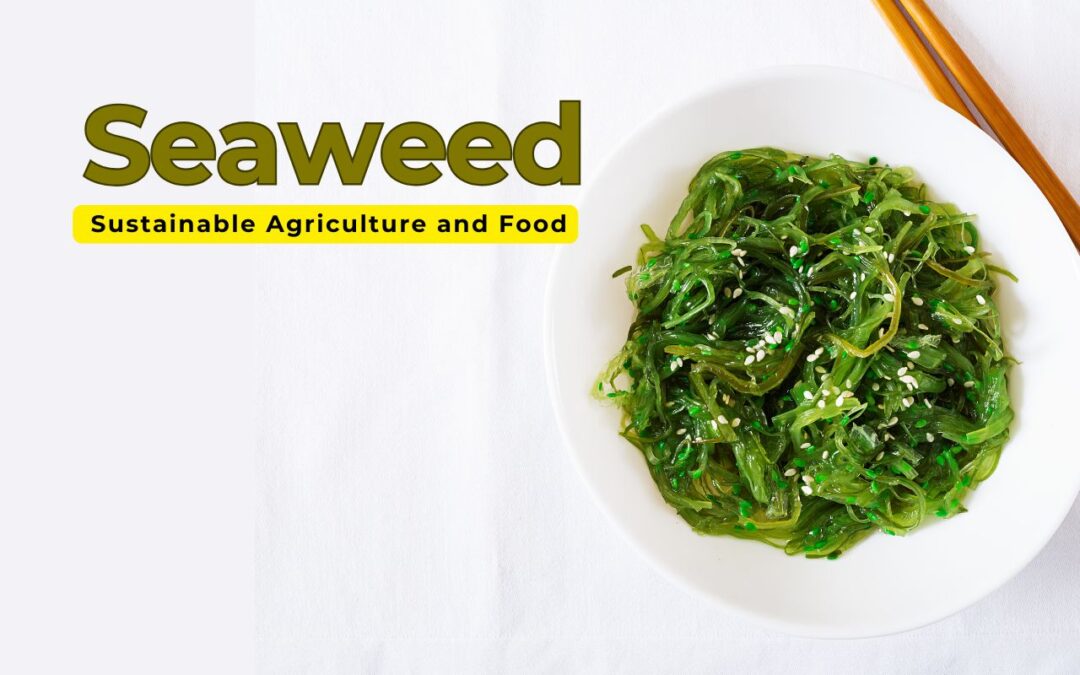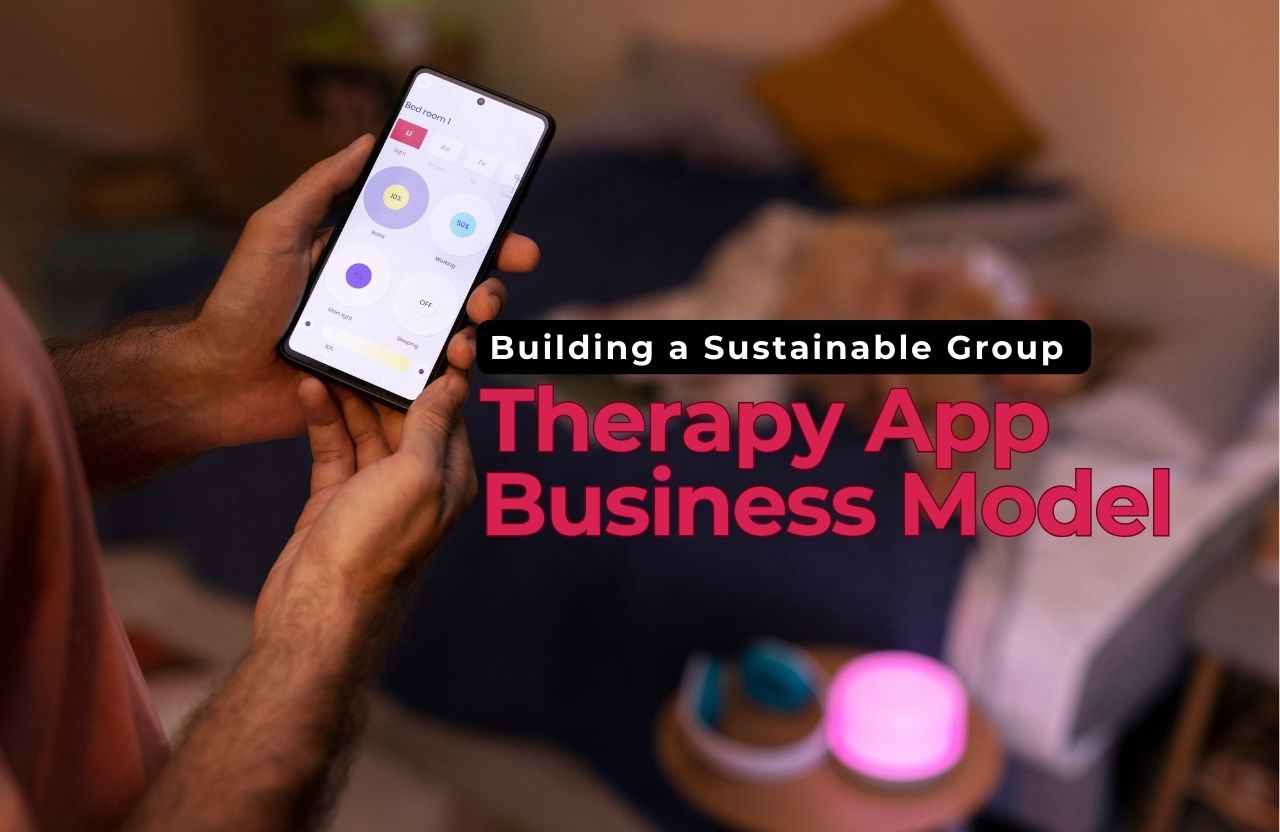As the world grapples with the twin challenges of feeding a burgeoning population and mitigating environmental damage, innovative solutions that transcend conventional agriculture are urgently needed. Enter seaweed: a remarkable marine alga that requires no arable land, no freshwater irrigation, and no synthetic fertilizers or pesticides to flourish. Today, seaweed cultivation has scaled to unprecedented levels—reaching some 35.8 million tonnes in 2019, almost entirely from aquaculture—unlocking vast potential for climate mitigation, ocean restoration, and economic opportunity. From redefining how we grow our food and fuel to reshaping industries as diverse as packaging and cosmetics, seaweed is rapidly emerging as the sustainable super‑resource of the twenty‑first century.
Seaweed: A Sustainable Super Crop
Beneath the ocean’s surface, seaweed farms operate as living carbon sinks, drawing down CO₂ and excess nutrients such as nitrogen and phosphorus—key drivers of coastal eutrophication—while generating valuable biomass. In contrast to land‑based crops, seaweed cultivation does not compete for freshwater or fertile soil, and it thrives on the natural currents and nutrients of our coastal waters. Studies show that seaweed can sequester up to twenty times more carbon per acre than terrestrial forests, while supporting marine biodiversity by providing habitat and nursery grounds for fish, shellfish, and invertebrates. As such, seaweed aquaculture represents a rare “win‑win” solution: it combats climate change and ocean pollution even as it produces raw materials for food, fuel, and fiber.
Bountiful Nutrition and Culinary Innovation
Seaweed has long been a staple in coastal cuisines, prized for its savory umami flavor and potent nutrient profile. Kelp, nori, wakame, and other edible macroalgae are rich in essential amino acids, iodine, omega‑3 fatty acids, dietary fiber, vitamins A, C, and E, and a spectrum of trace minerals. Their polysaccharides—alginate, carrageenan, and agar—double as prebiotics that nurture gut health. As consumers seek plant‑based, nutrient‑dense foods, seaweed snacks, powdered seasonings, noodle alternatives, and fermented condiments are proliferating in global markets. The seaweed food and ingredients sector alone supported a trade value of over USD 5.6 billion in 2019, with demand poised to grow as more people discover its health and culinary benefits.
Unlocking Green Energy: Seaweed‑Based Biofuels
The carbon‑negative promise of seaweed extends to energy production. Unlike terrestrial biofuel crops, seaweed does not divert land or water from food systems. Its high carbohydrate content—up to 60 percent of dry weight—can be enzymatically broken down into sugars for fermentation into bioethanol or converted into biogas via anaerobic digestion. A pioneering example is Sea6 Energy of India, whose patented SeaCombine technology farms tropical red seaweeds offshore and partners with global firms to refine conversion processes. In December 2024, Sea6 Energy and state‑owned HPCL signed a Memorandum of Understanding to scale seaweed‑to‑biofuel production, signaling government and industry confidence in its potential. As decarbonization goals tighten, seaweed biofuels could play a vital role in meeting renewable energy mandates without compromising food security.
Cultivating Healthier Soils: Natural Fertilizers and Biostimulants
Beyond energy, seaweed extracts are transforming agriculture. Rich in natural growth hormones (auxins, cytokinins), micronutrients, and humic substances, seaweed‑based biostimulants enhance plant vigor, drought tolerance, and disease resistance, all while improving soil structure and microbial health. Ocean Rainforest’s AlgaMar line—developed in the Faroe Islands and processed in Europe, North America, and Mexico—offers serums and powders derived from kelp and brown algae that boost yields and fruit quality. Their Climate Feed initiative is even exploring seaweed‑supplemented livestock feeds to cut methane emissions from ruminants. As regulators phase down synthetic agrochemicals, natural seaweed inputs are capturing growing market share among sustainable farmers worldwide.
Packaging the Future: Biodegradable Seaweed Polymers
With single‑use plastics choking marine ecosystems, seaweed‑based materials are emerging as biodegradable packaging alternatives. London’s Notpla, an Earthshot Prize finalist, has developed edible, compostable films and coatings from brown seaweed that degrade in home compost within six weeks—no industrial facilities required. Their “Ooho” water pods and seaweed‑coated takeaway containers have garnered royal approval and Series A funding rounds totaling over £35 million to scale into global markets. Analysts project the seaweed packaging sector to grow from USD 699 million in 2023 to over USD 1 billion by 2030, driven by plastic bans and consumer demand for zero‑waste solutions.
Beauty from the Ocean: Seaweed in Skincare
Cosmetics and personal care brands are tapping seaweed’s bioactive compounds—fucoidans, phlorotannins, and polysaccharides—to deliver hydration, anti‑aging, and anti‑inflammatory benefits. The global algae‑derived skincare market was valued at roughly USD 195 million in 2023 and is forecast to grow at over 7 percent annually through 2030 as consumers seek clean, traceable, and high‑performance ingredients. From luxury lines like La Mer’s kelp concentrate to indie brands partnering with coastal women’s cooperatives, seaweed is carving out a vibrant niche in the booming natural beauty segment.
Global Tides: Countries Leading the Seaweed Revolution
Asia dominates seaweed cultivation, with China and Indonesia accounting for more than half of global production—together yielding nearly 30 million tonnes in 2019. Their success reflects low‑cost labor, supportive policies, and deep culinary traditions. In East Asia, Japan and South Korea add value through advanced processing—nori sheets, kelp extracts, and premium ingredients—demonstrating the power of branding and R&D. Europe is now charting its own course: the European Commission aims to farm 8 million tonnes annually by 2030, up from just 3,000 tonnes today, spurred by ARPA‑E grants for offshore farming innovations in Ireland, Norway, and beyond. North America’s nascent industry, from Canada’s First Nations co‑operatives to California pilot farms, underscores the promise of seaweed as both an ecological and economic driver from pole to pole.
Tapping into Eco‑Conscious Markets: Marketing Strategies
To resonate with discerning consumers, seaweed brands weave rich narratives of environmental stewardship, community empowerment, and ocean health. Transparent supply chains, third‑party certifications (organic, ASC, cruelty‑free), and annual impact reports—quantifying carbon sequestered, plastic replaced, and local incomes generated—forge trust. Digital storytelling on platforms like Instagram and TikTok brings “harvest day” visuals to life, while collaborations with chefs, beauty influencers, and sustainability champions amplify reach. By aligning product benefits—nutritional, cosmetic, environmental—with authentic brand missions, seaweed offerings transcend mere novelty to become symbols of a regenerative future.
Tech at Sea: How AI and Drones Are Shaping Aquaculture
As seaweed farms move farther offshore to harness optimal growing conditions, technology is stepping in to boost efficiency and reduce costs. In Sweden, the KTH Royal Institute of Technology is developing autonomous underwater vehicles equipped with sonar and AI algorithms to navigate submerged lines, assess biomass density, and detect fouling—eliminating many vessel trips and diver interventions. Machine learning models ingest multispectral imagery, sensor data, and historical yields to forecast growth trajectories and disease risks, enabling data‑driven farm management. In the coming years, integrated IoT networks and digital twins will orchestrate remote seeding, real‑time water quality adjustments, and precision harvesting—ushering in an era of smart ocean farming where seaweed production scales seamlessly with sustainability.
Overcoming Challenges and Navigating the Horizon
Despite its promise, the seaweed industry faces hurdles. Regulatory frameworks for open‑ocean aquaculture remain fragmented, leading to permitting delays and conflicts with other maritime uses. Supply chain bottlenecks—cold‑chain logistics, on‑shore processing capacity, and port infrastructure—limit rapid scale‑up, especially in emerging markets. Early‑stage ventures often struggle to secure financing, underscoring the need for blended capital models that combine grants, impact bonds, and patient equity. Research gaps persist in selective breeding for climate‑resilient strains, ecosystem impact assessments, and lifecycle analyses to quantify carbon and biodiversity outcomes. Addressing these challenges will require coordinated action from policymakers, investors, researchers, and coastal communities—yet the roadmap is clear, and the momentum is building.
Conclusion
From the depths of our oceans to the forefront of global industries, seaweed is redefining what it means to build a truly sustainable economy. It offers nutrient‑rich foods, carbon‑negative biofuels, natural fertilizers, compostable packaging, and effective skincare ingredients—all while regenerating marine ecosystems and empowering coastal livelihoods. As technology and finance converge to unlock its full potential, seaweed stands poised to become the linchpin of a blue‑green revolution. Whether you are an investor seeking impact, an entrepreneur crafting innovative products, or a consumer championing planet‑friendly choices, now is the time to dive into the transformative world of seaweed. The tide is rising—and those who embrace it will help steer us toward a healthier, more resilient future.













